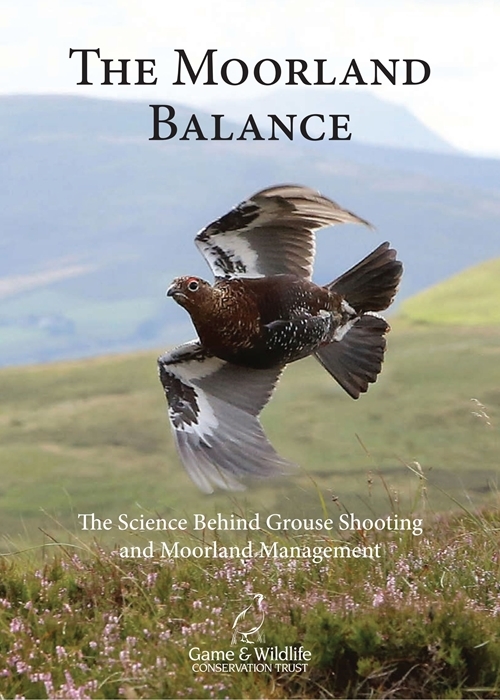
A NEW booklet which explains the science behind grouse shooting and moorland management has been unveiled by the Game & Wildlife Conservation Trust (GWCT) ahead of the start of the shooting season on the Glorious Twelfth (August 12).
This publication, titled The Moorland Balance, is an ideal way for people to inform themselves about the various debates surrounding upland management in Britain.
It also provides people with plain English summaries (in a question and answer-type format) of the most up-to-date scientific findings about sustainable moorland management.
It is the first time such a comprehensive guide has been published based on decades of research by the GWCT - which is one of the only conservation organisations that has intensively studied the uplands.
The 56-page booklet is divided into ten easy-to-read sections including ones on;
Grouse shooting
Conservation on grouse moors
Heather burning
Moorland drainage
Upland predator control
Commonly heard criticisms of driven grouse shooting
Grouse shooting remains the most important reason for maintaining and enhancing our globally rare heather moorland habitat.
The GWCT’s research into the uplands indicates the many positives of moorland managed for grouse shooting, be these retaining heather cover, supporting the conservation of wading birds, supporting mountain hare populations, protecting hen harriers from predation or avoiding the collapse of moorland biodiversity seen in many parts of upland Wales. However, the need for ongoing research into the uplands is also referenced in the booklet to ensure the survival of these unique landscapes and the wildlife protected within them.
The authors of The Moorland Balance have brought together these and many other topics in the hope that the debate about how to protect our uplands into the future is better informed. The aim is to progress the ongoing issues about moorland management in a consensual way.
 Sir Max Hastings, a Trustee of GWCT who wrote the foreword to the book, pictured, commented: “GWCT is committed to engaging in ongoing world-class scientific research into the best ways to manage moors for environmental diversity and sustainability.”
Sir Max Hastings, a Trustee of GWCT who wrote the foreword to the book, pictured, commented: “GWCT is committed to engaging in ongoing world-class scientific research into the best ways to manage moors for environmental diversity and sustainability.”
“Only the GWCT has provided this in years past, and can continue to do so in the future.”
The Moorland Balance is available online here
Notes to editors
The Game & Wildlife Conservation Trust – providing research-led conservation for a thriving countryside. The GWCT is an independent wildlife conservation charity which has carried out scientific research into Britain’s game and wildlife since the 1930s. We advise farmers and landowners on improving wildlife habitats. We employ more than 60 post-doctoral scientists and other research staff with expertise in areas such as birds, insects, mammals, farming, fish and statistics. We undertake our own research as well as projects funded by contract and grant-aid from government and private bodies.
For information, contact:
Eleanor Williams
Telephone: 07592 025476
Email: press@gwct.org.uk